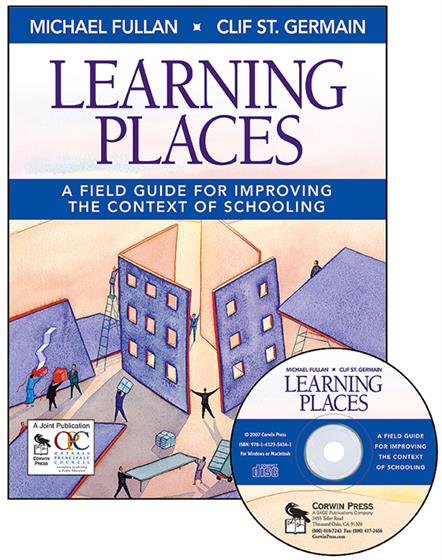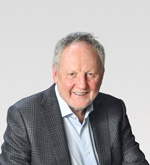Some people dream of writing the next great novel, others dream of inventing things. Not me. I dream about good schools–happy, bustling, productive schools. I can't think of anything more beautiful. Nor can I remember a time when I wasn't thinking about better ways to unleash the power of passion and commitment I see in the eyes of good teachers. That's why the opportunity to work with Michael Fullan on this Field Guide is, for me, a dream come true. Michael sees deeply into schools. His work is about creating circumstances that enable schools (and school systems) to initiate and sustain their own development.
As I reflect upon my 30 years in schools, especially the 15 years I served as principal of a troubled elementary school, and later a large secondary school, I am reminded of how the circumstances of our daily schedules always seemed to favor a resignation to our present reality. However, in spite of those circumstances, whenever we mustered the courage to set aside our distress (and our dependence on the larger system) and instead made time to talk to each other about improving our teaching, good things happened. By looking deeply at what we were doing, and then taking action on behalf of our students, we found ways to experience the rewards of working with young learners.
In my first appointment as principal, parents wanted the school to be a happy place where children were engaged in relevant learning. This simple mission guided instructional decisions and gave purpose to efforts to improve the school environment. Without going through the usual bureaucratic channels, the faculty threw caution to the winds and painted a rainbow on the front of the school whose stucco walls had not been patched or painted for more than a decade. We became known as the "rainbow school," and the rainbow became the school's emblem, a symbol of our many differences joined together to create something beautiful.
Long before it was popular we recognized the power of professional development. We applied for and were granted special permission to enact an alternative schedule to extend the teaching day four days a week, curtail the teaching day one day a week, and provide time for teachers to refine the daily routines of the school. During this professional development block, teachers discussed student academic profiles, aligned curriculum to standards, shared best practice teaching strategies and decided upon a future course of action. In sum, we examined every aspect of the school in light of our belief that people learn best in purposeful, validating and happy environments. We also discovered that, when it comes to learning, the paths to success are as varied as the kids. And even though most of our students were predicted to be low performers, their achievement scores showed otherwise.
Although the circumstances were quite different in my second assignment as principal, similar priorities guided our actions. This large, comprehensive high school, popularized as an academic magnet, was achieving below acceptable standards. Fighting, class cutting, and student surliness were common occurrences.
Once again, our shared set of priorities and our strong conviction to create the best school possible led to solutions. Parents, teachers and students agreed that a rigorous academic program in an environment of collegiality was our goal. Therefore, we were guided by three principles: (1) purposefulness, (2) collegiality, and (3) persistence. We later wrote handbooks, course outlines and standards for excellence in each discipline. We stressed visually pleasing classrooms, honored diversity of thought and rewarded curiosity, divergent thinking and questioning. We also instituted schoolwide instructional support programs and created art whenever and wherever we could. We even had the audacity to connect a sound system to the public address system and played symphonic music as students changed classes.
The success of these two schools and the processes we used to re-invent them are now well documented. The elementary school, part of a longitudinal study over the tenure of five principals, was recognized as a model learning community during a presentation at the American Educational Research Association. The high school was named a "National School of Excellence." The contagious momentum we created in both schools was not extraordinary; it is available to all who have the courage to work for it.



